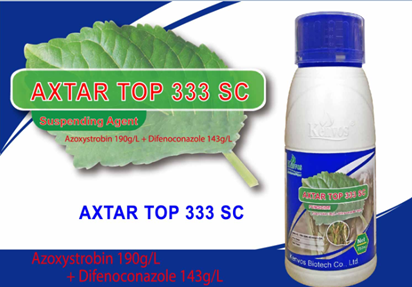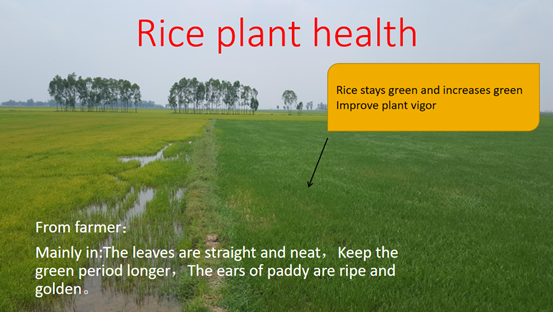Rice blast is one of the most important diseases in rice that can occur throughout the entire reproductive period of rice, affecting seedlings, leaves, spikes and nodes, and is known as leaf blast, collar rot, neck rot and panicle blast respectively. It often causes varying degrees of yield reduction, affects the quality of rice and causes economic losses to rice growers.
Rice blast | ||
Pathogen | Fungi | |
The damaged part | Seedlings, leaves, spikes, nodes, etc. | |
Distribution range | Rice producing regions | |
Symptoms of harm | Leaf blast |
|
Collar rot |
| |
Neck rot |
| |
Panicle blast |
| |
Period of harm | Seedling, tillering and booting stage | |
Conditions of occurrence | Suitable temperature, high humidity (20-30 ℃, RH > 90%) | |
How to control rice blast?
(1) Seed treatment
Rice seeds should be selected from disease-free or lightly diseased fields.
(2) Selection of disease-resistant varieties
The selection of disease-resistant varieties is an effective measure to control rice blast, and is also a key measure for integrated control.
(3) Strengthen planting management
Ensure basic fertilizer and reasonable application of nitrogenous, phosphate and Potassic fertilizer to promote healthy rice growth, together with water management to create environmental conditions unfavourable to rice blast.

(4) AXTAR TOP 333 SC Fungicide use
A fungicide that has a good effect of lipid solubility, protective, therapeutic activity, quite suitable for resistance manage-ment and integrated disease control.
We do lots of field test prove that the AXTAR TOP 333 SC has a high effect.
Comments from farmers
